Do you know which minerals are commonly used in refractory materials? Is it pyrophyllite, kyanite, or andalusite?
Interestingly, andalusite, kyanite, and sillimanite belong to the sillimanite family and have the same chemical formula but different crystal structures.
Below we introduce andalusite, the first member of the sillimanite family, focusing on its properties, uses and industrial processing methods.
What magic lies in andalusite?
The andalusite mineral has a chemical formula of Al2SiO5 and a hardness of 7–7.5. It is widely distributed and not rare, with origins in South Africa, Brazil, the United States, and other locations. Andalusite comes in various colors such as yellow, green, red, pink, and purple, and has a glassy luster.
It is an aluminum silicate mineral formed in metamorphic rocks under high temperature and pressure, such as argillaceous slate, mica slate, schist, gneiss, etc.
Andalusite belongs to the sillimanite family of minerals, with an alumina content of up to 60%. At 1350°C, andalusite transforms into the more stable mullite, which exhibits a maximum refractory temperature of up to 1800°C.
These properties make andalusite primarily suitable for high-end refractory materials.
Andalusite: perfect for refractory materials
Andalusite, with its alumina content of over 60%, transforms into high-strength mullite at elevated temperatures, making it an ideal material for various high-temperature applications.
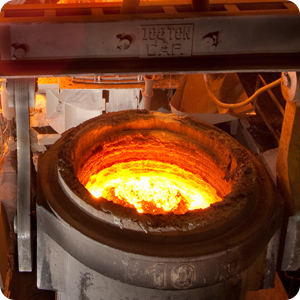
Andalusite high temperature industrial equipment lining: Andalusite's high melting point and thermal shock resistance make it suitable for harsh environments, such as iron-making and steel-making furnaces, protecting equipment from damage, extending its lifespan, and improving production efficiency.
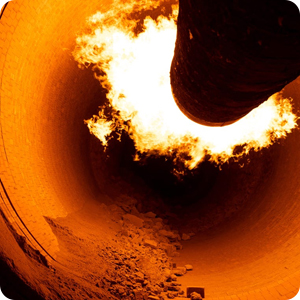
Andalusite industrial kiln insulation : Andalusite can effectively block heat transfer in kilns, reducing surface temperatures, and lowering energy consumption. Its chemical stability also prevents chemical corrosion, ensuring product quality and production stability.
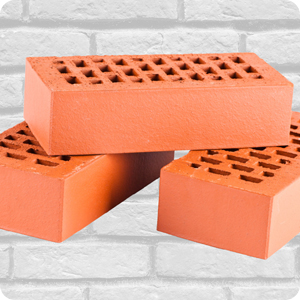
Andalusite refractory bricks: Andalusite mixed with clay and quartz, shaped, dried, and sintered, produces refractory bricks that maintain stability at high temperatures, widely used in furnace linings to protect equipment and ensure operational efficiency.
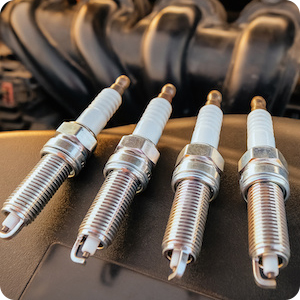
Andalusite spark plugs: Andalusite's high melting point, temperature resistance, and chemical stability make it an effective insulator for spark plugs, preventing breakdown and ablation under high temperatures and pressures. It is also used in refractory products for heat treatment furnaces, furnace mats, and thermal protection systems of supersonic aircraft and spacecraft engines.
5 steps to process andalusite
The andalusite content in raw andalusite ore typically ranges from 10% to 30%, while high-quality refractory materials require an andalusite content of over 90%. To meet market demand, andalusite must undergo multiple processes to achieve concentrated quality.
This process is designed with 5 steps. Crushing and grinding refine the raw ore, magnetic separation removes magnetic minerals, gravity separation further removes impurities, and foam flotation increases the concentration of andalusite.
Step Ⅰ Crushing

The typical size range of raw andalusite ore is 350-400 mm. It is recommended to use a PE-400×600 jaw crusher for preliminary crushing, reducing the diameter of andalusite to less than 25 mm for grinding.
Step Ⅱ Grinding
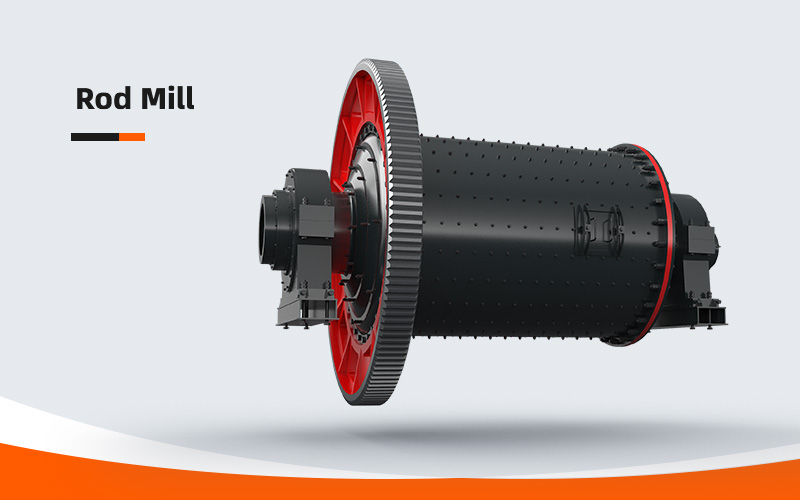
Grinding treatment is essential to further reduce the particle size of andalusite and facilitate subsequent processes. While ball mill grinding tends to produce sludge and reduce recovery efficiency, using a rod mill can create a more uniform mineral particle size distribution, making it the recommended method for grinding.
Step Ⅲ Magnetic separation

To obtain commercial-grade andalusite, the iron content must be extremely low. This step aims to reduce the iron content from 1% to 0.5% and eliminate magnetic impurities, including biotite, ilmenite, chlorite, staurolite, etc.
Andalusite particles enter the magnetic separator with magnetic impurities. The separator's strong magnetic field attracts the impurities to its magnetic poles, while non-magnetic andalusite remains unaffected, achieving the separation of andalusite from magnetic impurities.
Step Ⅳ Gravity beneficiation
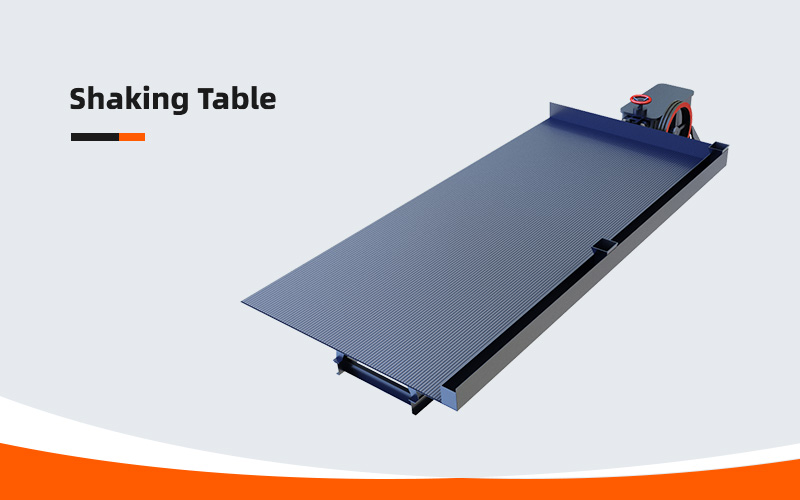
The shaking table is commonly used for gravity separation in andalusite ore beneficiation. This step removes residual slime, titanium, etc., from andalusite.
During operation, andalusite particles with larger specific gravity settle to the bottom. Lighter impurities (sludge, titanium, etc.) are washed to the upper layer. This achieves the separation of andalusite and impurities and removes part of the sludge smaller than 0.5 mm.
Step Ⅴ Flotation
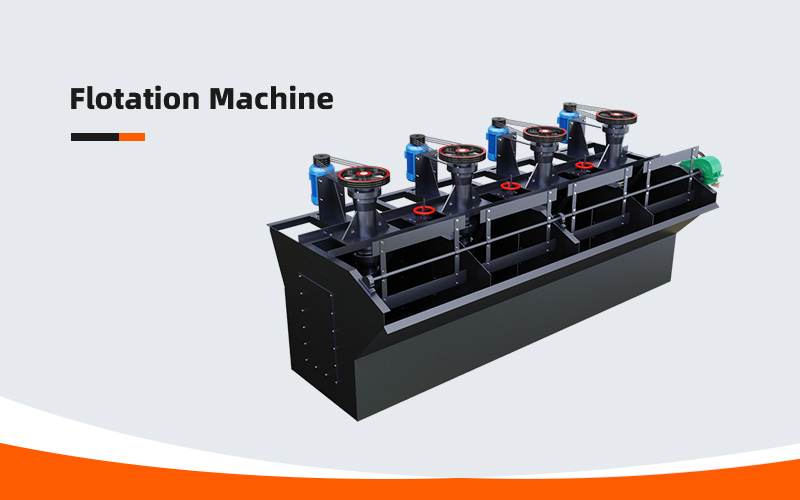
Andalusite flotation is a process that uses froth flotation technology to extract fine particles, such as mica and quartz, from andalusite ores. Here's how the flotation process works:
The andalusite particles are first mixed with water to form a pulp. The solid proportion in the pulp should be greater than 30%, and the pH value of the pulp is ideally below 3.5.
Alkyl sulfonate flotation agent is added to the pulp, with a recommended dosage of 300-1500 grams per ton of ore. The mixture is allowed to sit for 10 minutes to allow the flotation agent to react with the andalusite particles.
After 10 minutes, the liquid is diluted to achieve a solid ratio of 10%-30%. The andalusite particles rise to the surface in the form of foam, and foam flotation is carried out at this point. It is recommended to carry out the foam flotation step for no more than 10 minutes.
Since achieving a 90% andalusite content in a single froth flotation is challenging, it is advisable to repeat this step several times until the andalusite content exceeds 90%, or even 95%, to meet the requirements for manufacturing high-quality refractory materials.
Reference
Process for Upgrading Andalusite

